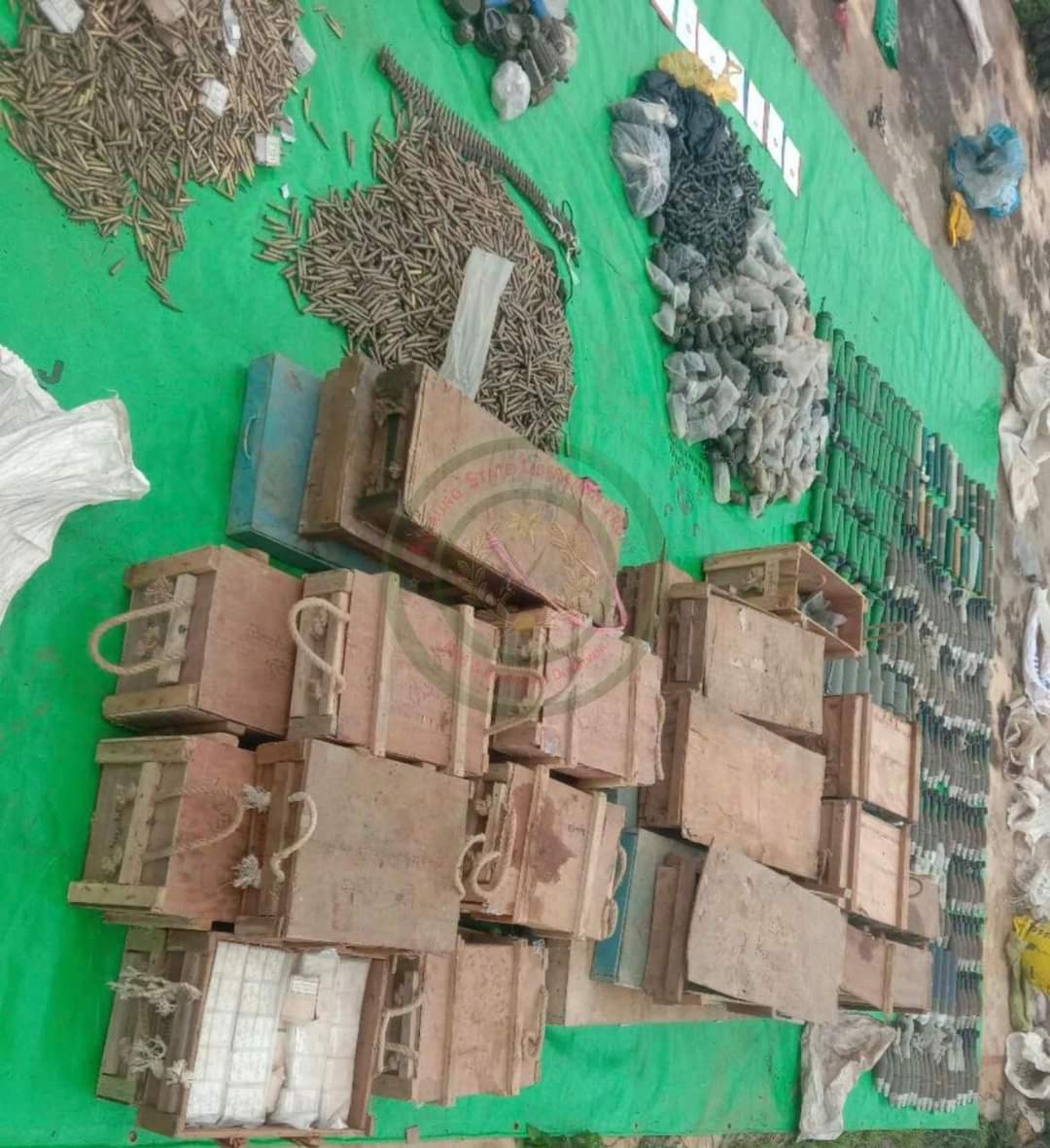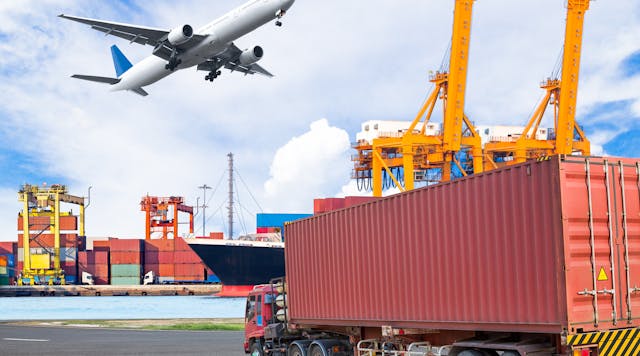
Kiribati’s Main Imported Goods
Kiribati, an island nation in the central Pacific, relies heavily on imported goods to sustain its economy and meet the needs of its population. Due to its geographic isolation and limited natural resources, the country depends on imports for essential goods and services. Here’s an overview of Kiribati’s primary imported goods:
1. Fuel and Energy Products
Fuel is one of Kiribati’s largest import categories. The country imports diesel, petrol, and other petroleum products for transportation, electricity generation, and daily energy needs. Given the lack of domestic fossil fuel reserves, imports are critical to powering the economy and ensuring connectivity.
2. Food and Beverages
Kiribati imports a significant portion of its food due to limited agricultural capacity. Staple items include rice, flour, canned goods, sugar, and beverages. The reliance on imported food products has contributed to changes in dietary patterns, with processed and packaged foods becoming increasingly prevalent.
3. Machinery and Equipment
Machinery, including construction equipment, agricultural tools, and transportation vehicles, forms another major category of imports. These goods are essential for infrastructure development, maintenance, and ensuring connectivity across the islands.
4. Consumer Goods
Everyday items such as clothing, footwear, electronics, household appliances, and personal care products are imported to meet the needs of Kiribati’s population. The lack of domestic manufacturing makes imports vital for supplying these essential goods.
5. Construction Materials
As Kiribati faces challenges from climate change and rising sea levels, there is a growing demand for construction materials. Items such as cement, steel, and wood are imported for building resilient infrastructure and housing.
6. Health and Pharmaceutical Products
Medical supplies, pharmaceuticals, and healthcare equipment are critical imports for Kiribati. With limited domestic healthcare manufacturing, the nation relies on imports to support its healthcare system and meet the needs of its citizens.
7. Transportation Vehicles and Parts
Due to the geographic spread of its islands, Kiribati depends heavily on boats, vehicles, and aircraft for transportation. Imports in this category include cars, motorcycles, boats, and spare parts to maintain these essential modes of transport.
8. Communication and Technology Equipment
Mobile phones, computers, and telecommunications equipment are vital imports that help Kiribati remain connected to the world. These items support education, business, and personal communication needs.
9. Textiles and Clothing
Kiribati imports most of its textiles and clothing to meet domestic demand. These goods come from neighboring countries, as there is minimal local production in this sector.
10. Beverages and Alcohol
Alcoholic beverages, such as beer and spirits, are imported in significant quantities, especially for urban areas and during social events. Soft drinks and other non-alcoholic beverages are also imported to meet demand.
Trade Partners
Kiribati’s main trading partners for imports include Australia, New Zealand, Fiji, and China. These countries provide a steady supply of goods to meet Kiribati’s demands.
Challenges in Import Dependency
Kiribati’s heavy reliance on imports poses economic and logistical challenges, including:
High Transportation Costs: The country’s remote location increases shipping expenses.
Exchange Rate Vulnerability: Fluctuations in currency exchange rates affect the affordability of imports.
Trade Balance Issues: Import dependency creates trade deficits, impacting the economy.
Conclusion
Imports are the backbone of Kiribati’s economy, fulfilling critical needs and supporting development. Despite challenges, strategic partnerships and sustainable practices can help mitigate the impacts of import reliance while fostering economic growth.




Leave a Reply